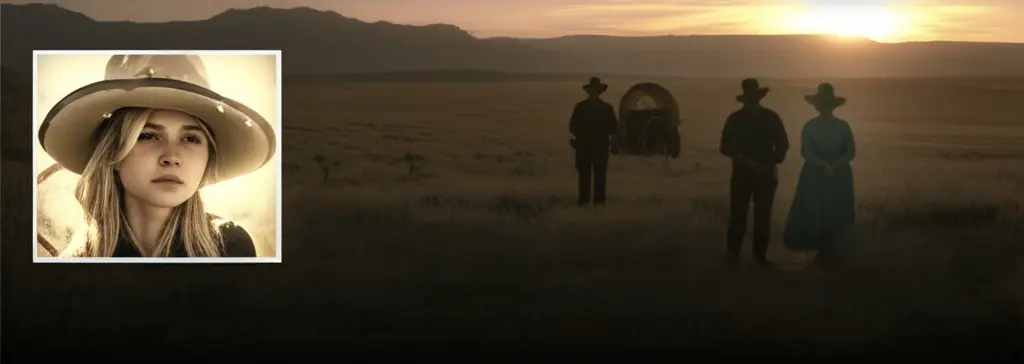The end of 1883 didn’t just close a chapter—it explained how the Duttons came to own the land that became the Yellowstone Dutton Ranch. It was raw, painful, and beautiful in the way only a western tragedy can be.
At the center of it all was James Dillard Dutton (Tim McGraw), his wife Margaret (Faith Hill), and their spirited daughter Elsa (Isabel May), who served as both the soul and narrator of the story. Their trek westward alongside wagon train leader Shea Brennan (Sam Elliott) was brutal and unforgiving. By the time they reached Montana, they were battered, broken—and permanently changed.
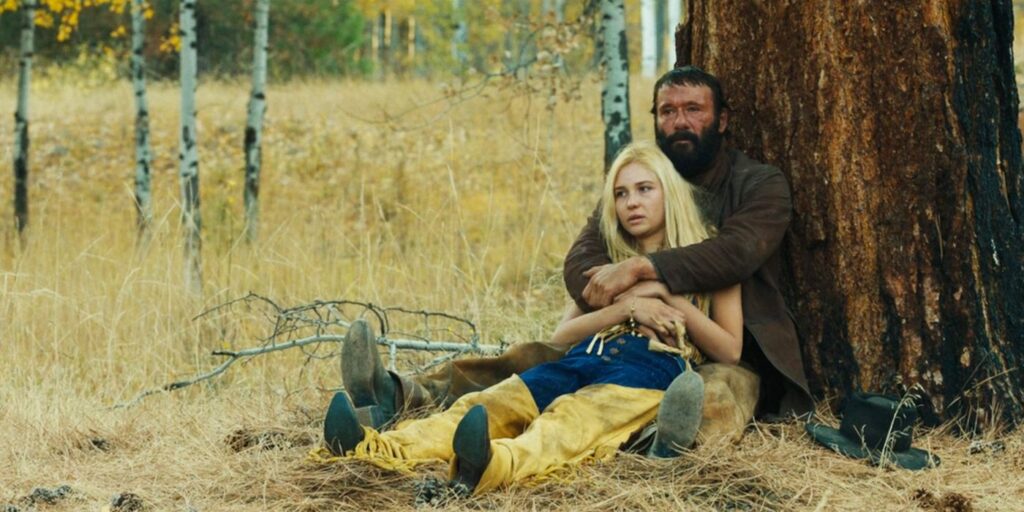
Elsa’s Death Changed Everything
If Yellowstone is about holding onto land, 1883 is about what it took to earn it. And no moment captured that more than Elsa’s death.
She was young, wild, and full of dreams. But a sudden arrow during a skirmish with Lakota warriors changed the course of the family forever. That wound became fatal, and as Elsa’s life faded, so did the Duttons’ sense of triumph. They had found their future home—but at the cost of their daughter.
Where Elsa died is where the Yellowstone Ranch would be built. Her grave was the beginning of a dynasty, and the land they named “Paradise” came drenched in grief.
Elsa’s death also echoed into the future of the Yellowstone universe—hinting at the generational tension between settlers and Indigenous communities that still simmers in the show’s present-day storyline.
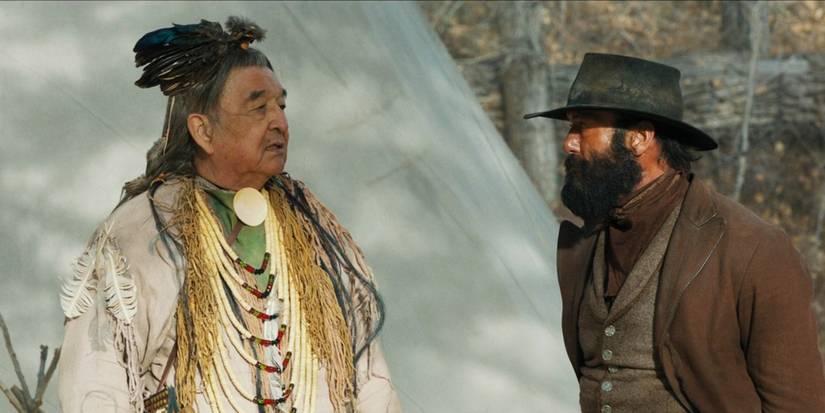
Shea’s Quiet Goodbye and the Others Who Survived
Not all stories in 1883 ended in death, but most came with pain.
Josef lost his wife and his leg but eventually found the strength to start again. Thomas and Noemi found a place to settle and raise their children. But it was Shea’s final scene that struck a different chord—one of peace.
He made it to the ocean, just as he promised his wife he would. And there, alone and at last content, he took his own life. Before he did, a hummingbird fluttered past—an omen of hope and good fortune in Indigenous American culture. It was a sign, perhaps, that the journey hadn’t been in vain.
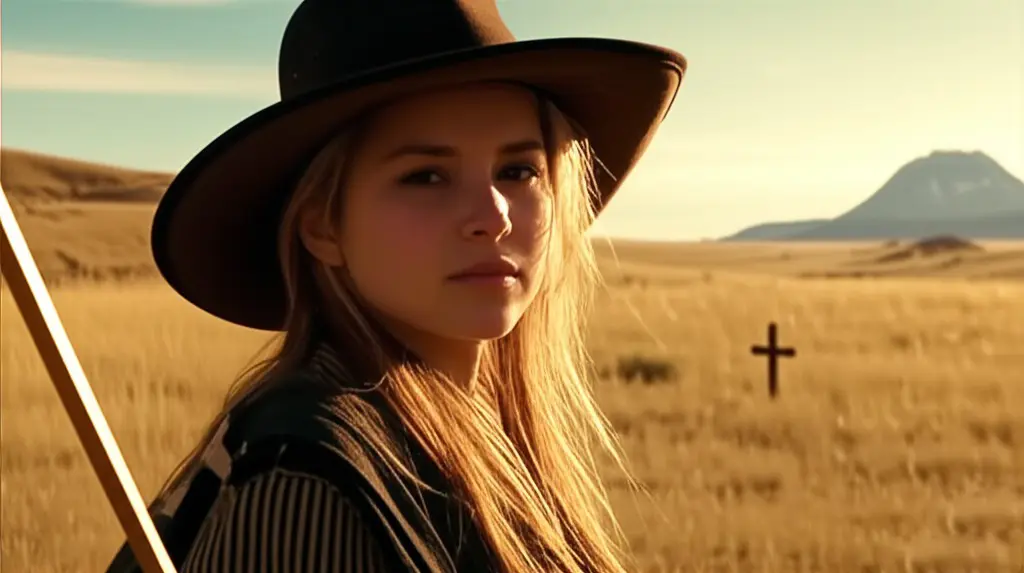
The Story Didn’t End—It Just Became 1923
Four decades later, 1923 picks up the Dutton story. But not where you’d expect.
James and Margaret didn’t get to enjoy their paradise for long. James died from gunshot wounds after a run-in with horse thieves. Margaret froze to death in a brutal Montana winter. But before she passed, she managed to send for help.
That help came in the form of Jacob Dutton, James’s brother, played by Harrison Ford in 1923. He stepped in, raised the children as his own, and turned the ranch into what it was always meant to be: a thriving, if still haunted, operation.
Through 1923, we learn just how fragile the Yellowstone legacy really was. It almost didn’t survive.
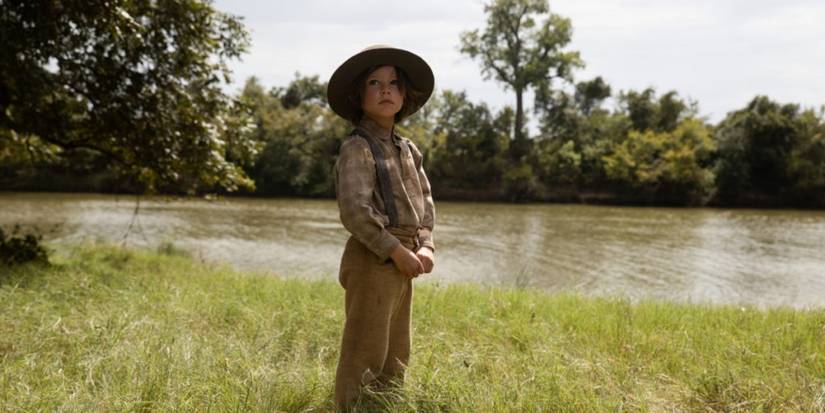
The Dutton Ranch Was Built on Loss—and Legacy
When 1883 ends, it’s not with triumph. It’s with Elsa’s grave, Shea’s final breath, and a valley drenched in both blood and possibility. That’s what made it real.
The Duttons didn’t just build a ranch. They paid for it with their lives, their family, and their innocence. 1923 shows the consequences. Yellowstone continues the fight.
And it all began with a girl riding horseback through a dream—until reality caught up.


